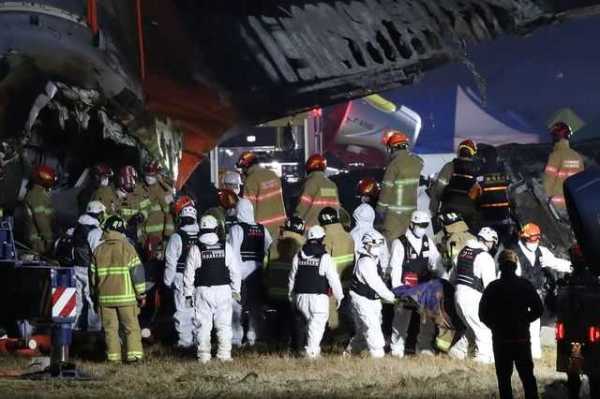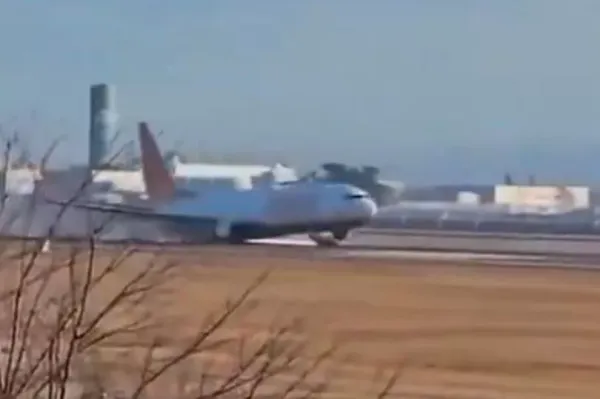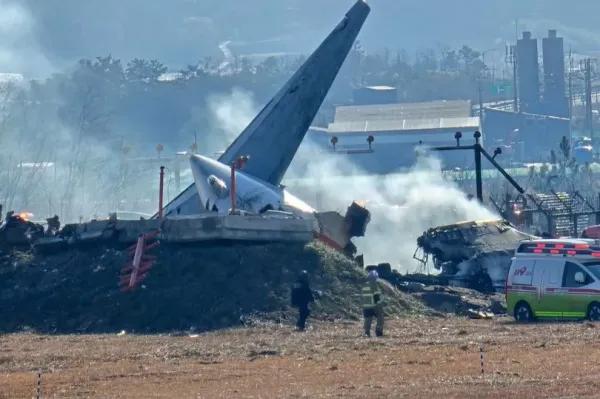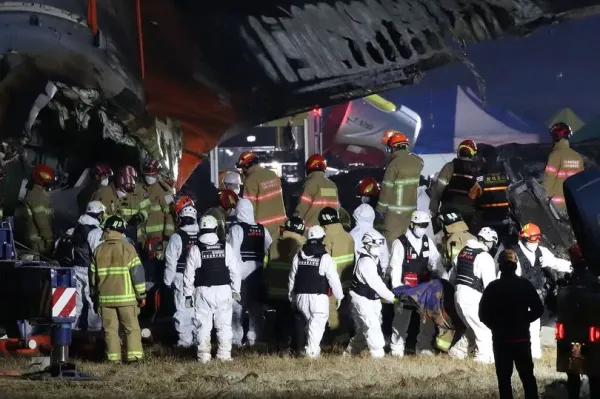
An expert has raised key questions and concerns that he says "must" be probed following that killed dozens shortly after landing in South Korea.
Jeju Air flight 2216 left Bangkok, Thailand, for Muan International Airport in southern South Korea on Sunday. Only two people, both flight attendants now being treated in hospital, are understood to have survived
Families desperate for answers arrived at the airport yesterday in the hope of learning more about the . An aviation expert has now said there are key questions and concerns that now must be probed as investigators look into the .
READ MORE:

Alex Macheras, aviation analyst and consultant, told The : "This tragic event raises urgent and complex questions for investigators. Initial attention will focus on reports of a bird strike during the aircraft’s approach to Muan, a location where the risk of bird strikes is particularly high due to nearby fields and coastal areas.
"While bird strikes can severely impact an aircraft, the investigation must also probe deeper into why the landing gear was not deployed, why gravity drop - a manual safety mechanism for deploying landing gear - appears to have not been used, and why the aircraft was travelling at such high speed during its final approach."

Video showed the Jeju Air plane did not deploy its landing gear before it skidded down a runway for several hundred yards until it smashed into a wall. Officials said 179 people died in what is now South Korea's worst aviation disaster for decades.
Mr Macheras also said the Boeing model involved in the crash was not the same one that has come under more intense scrutiny in recent years following a wide range of issues. One example was when the emergency exit door blew off a brand new Boeing 737 Max shortly after take-off from Portland, Oregon, earlier this year.
"The lack of flap deployment, a standard procedure to reduce landing speed, will also be a critical focus.", Mr Macheras continued. "Jeju Air is South Korea’s largest low-cost airline, with an all-Boeing fleet operating some of the busiest domestic routes in the .

"The airline’s impeccable safety record, like that of many other Korean carriers, underscores the rarity of this tragic event. The 737-800, a highly reliable workhorse of the aviation industry, has been a mainstay for airlines globally for decades.
"This particular aircraft was 15 years old—well within the operational lifespan of commercial jets—and was not part of the 737 MAX family, which faced highly publicised issues in recent years. The 737-800 is a different generation of aircraft, designed and certified under entirely separate regulatory frameworks.
"The final moments of the flight appear to involve a cascade of complex events occurring within an extraordinarily short timeframe. It is important to resist premature conclusions and speculation at this stage. A thorough investigation will unravel the precise sequence of factors—technical, operational, or procedural—that led to this catastrophic outcome."